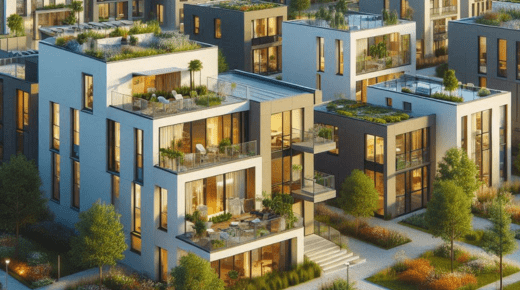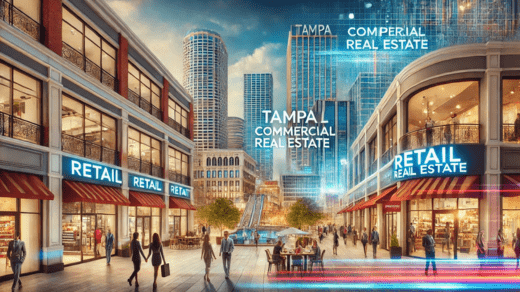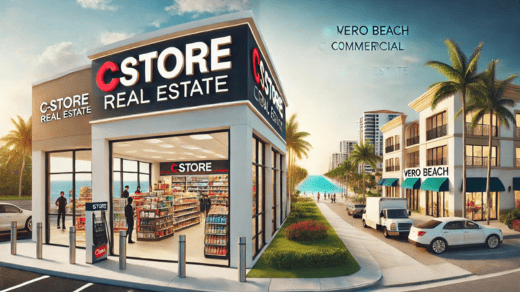
By Dr. Pooyan Ghamari, Swiss Economist
The landscape of urban development is being significantly shaped by the expansion of office and retail spaces. This growth is a direct response to evolving work practices, consumer habits, and economic trends. Here are the primary factors driving this expansion:
1. Technological Integration
Technology has dramatically transformed both office and retail environments. In offices, smart building systems automate lighting, heating, and security, creating more efficient and sustainable workspaces. Retail spaces, on the other hand, are increasingly integrating digital solutions such as e-commerce platforms and digital payment systems to enhance the shopping experience.
2. Urbanization and Economic Development
The migration of populations to urban centers has intensified the need for more commercial spaces. As cities grow and economies expand, the demand for office and retail spaces rises, driving the construction of new commercial properties to accommodate businesses and consumers alike.
3. Flexible Workspace Solutions
The rise of flexible workspaces, like co-working hubs, has revolutionized the traditional office setting. These spaces cater to a diverse workforce including freelancers, startups, and remote workers, offering flexible lease terms and fostering collaborative work environments. This trend reflects the shift towards more adaptable and dynamic workspaces.
4. Evolving Consumer Preferences
Modern consumers are looking for convenience and experiences. Retail spaces are evolving to become multifunctional, combining shopping with dining, entertainment, and lifestyle services. This shift towards creating comprehensive customer experiences helps attract and retain visitors in a competitive market.
5. Sustainability Initiatives
Sustainability is a key consideration in the development of new commercial spaces. Energy-efficient designs, the use of renewable materials, and obtaining green certifications are becoming standard practices. These initiatives not only reduce environmental impact but also appeal to businesses and consumers who prioritize sustainability.
6. Globalization
The expansion of global markets has prompted businesses to establish a presence in new regions. This global reach necessitates the creation of more office and retail spaces to support international operations and customer bases. Multinational corporations are leading this trend by setting up offices and retail outlets in strategic locations worldwide.
7. Investment Opportunities
Commercial real estate remains a lucrative investment option. The consistent demand for office and retail spaces provides investors with a reliable income stream. Properties in prime urban locations with high growth potential are particularly attractive to both individual and institutional investors.
In summary, the growth of office and retail spaces is driven by technological advancements, urbanization, changing consumer preferences, sustainability efforts, globalization, and investment opportunities. These factors collectively shape the future of urban commercial development, reflecting broader economic and social trends.
This article was originally published on a.land. For more information and opportunities, visit shop.a.land.


